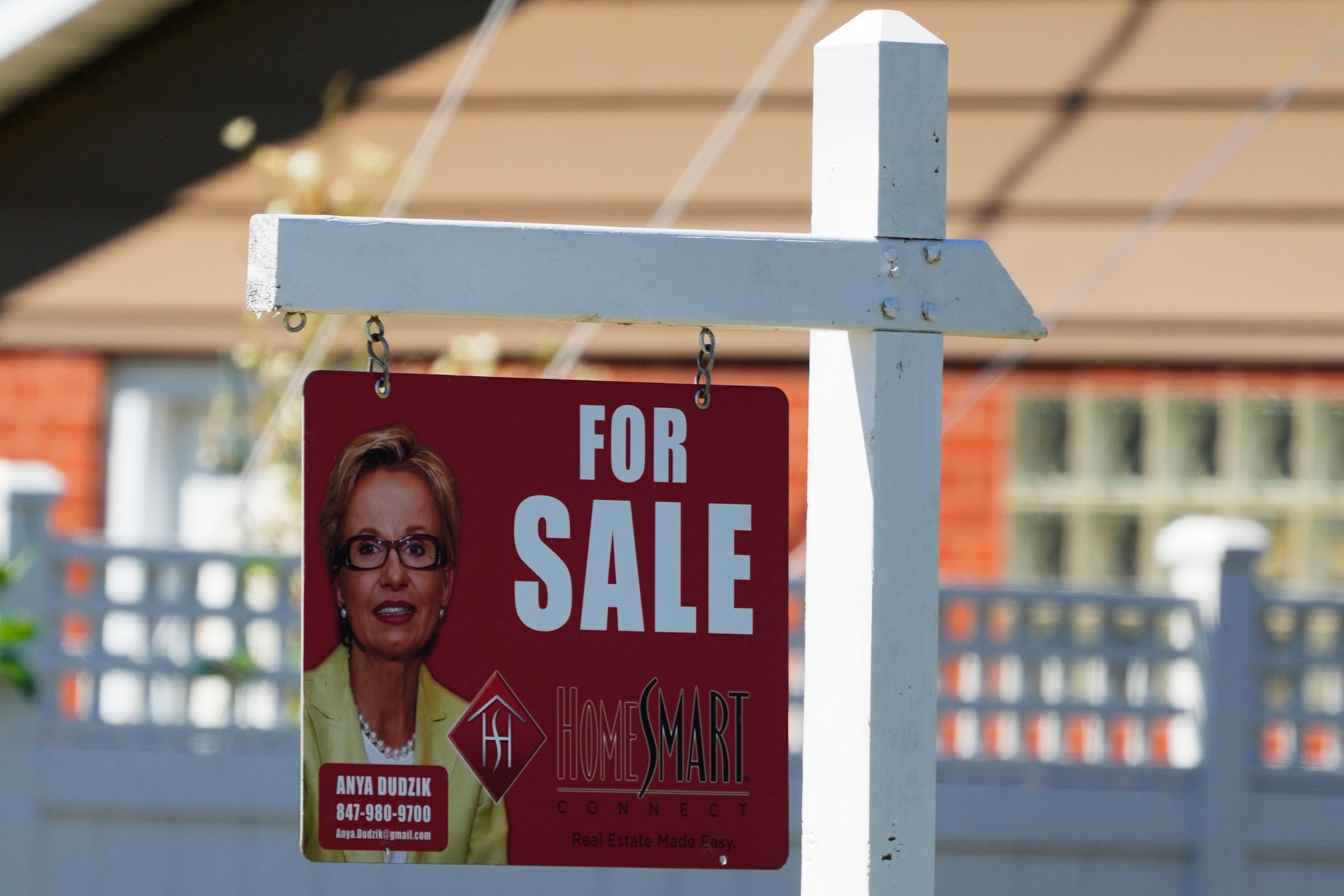Average rate on a 30-year mortgage climbs for the first time since late May to just under 7%
The average rate on a 30-year mortgage rose this week, pushing up borrowing costs on a home loan for the first time since late May

Your support helps us to tell the story
From reproductive rights to climate change to Big Tech, The Independent is on the ground when the story is developing. Whether it's investigating the financials of Elon Musk's pro-Trump PAC or producing our latest documentary, 'The A Word', which shines a light on the American women fighting for reproductive rights, we know how important it is to parse out the facts from the messaging.
At such a critical moment in US history, we need reporters on the ground. Your donation allows us to keep sending journalists to speak to both sides of the story.
The Independent is trusted by Americans across the entire political spectrum. And unlike many other quality news outlets, we choose not to lock Americans out of our reporting and analysis with paywalls. We believe quality journalism should be available to everyone, paid for by those who can afford it.
Your support makes all the difference.The average rate on a 30-year mortgage rose this week, pushing up borrowing costs on a home loan for the first time since late May.
The rate rose to 6.95% from 6.86% last week, mortgage buyer Freddie Mac said Wednesday. A year ago, the rate averaged 6.81%.
The uptick follows a four-week pullback in the average rate, which has mostly hovered around 7% this year.
When rates rise they can add hundreds of dollars a month in costs for borrowers. The elevated mortgage rates have been a major drag on home sales, which remain in a three-year slump.
Borrowing costs on 15-year fixed-rate mortgages, popular with homeowners refinancing their home loans, also rose this week, pushing the average rate to 6.25% from 6.16% last week. A year ago, it averaged 6.24%, Freddie Mac said.
Mortgage rates are influenced by several factors, including how the bond market reacts to the Federal Reserve’s interest rate policy and the moves in the 10-year Treasury yield, which lenders use as a guide to pricing home loans.
The yield, which topped 4.7% in late April, has been generally declining since then on hopes that inflation is slowing enough to get the Fed to lower its main interest rate from the highest level in more than two decades.
Fed officials have said that inflation has moved closer to the Fed’s target level of 2% in recent months and signaled that they expect to cut the central bank’s benchmark rate once this year.
Until the Fed begins lowering its short-term rate, long-term mortgage rates are unlikely to budge from where they are now.
Economists are forecasting that mortgage rates will ease modestly by the end of this year, though most projections call for the average rate on a 30-year home loan to remain above 6%. That’s still double what the average rate was just three years ago.
“We are still expecting rates to moderately decrease in the second half of the year and given additional inventory, price growth should temper, boding well for interested homebuyers,” said Sam Khater, Freddie Mac’s chief economist.
The elevated mortgage rates and record-high home prices discouraged many would-be homebuyers this spring, traditionally the busiest period of the year for the housing market.
Sales of previously occupied U.S. homes fell in May for the third month in a row, and indications are that June saw a pullback as well.